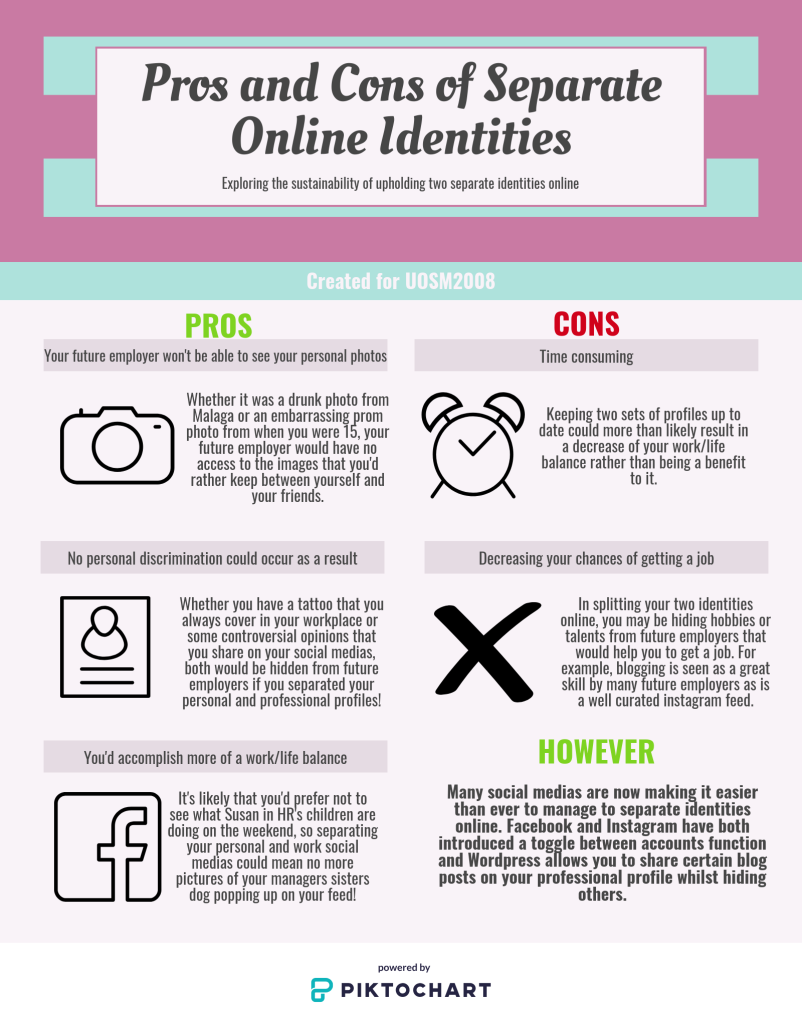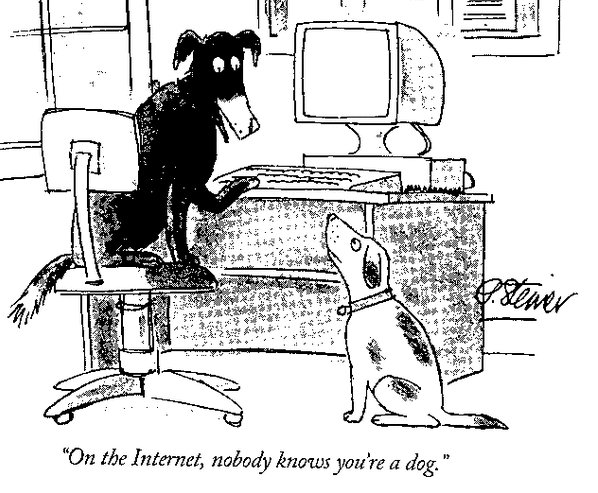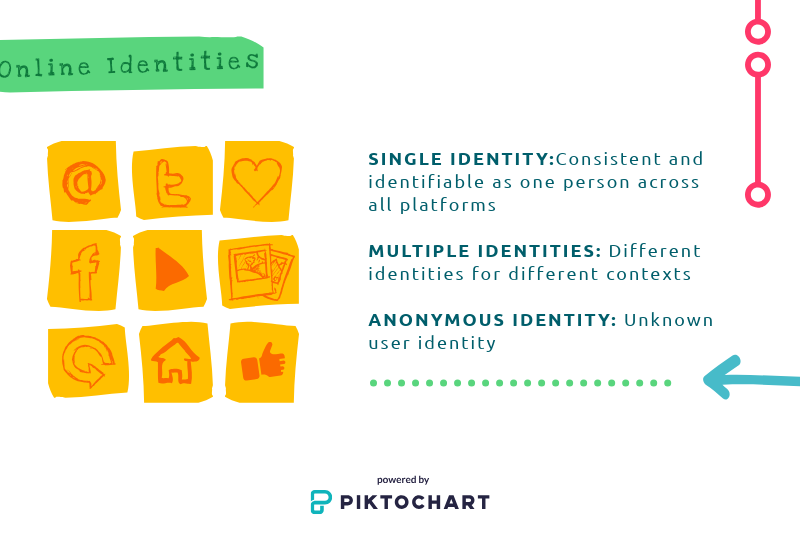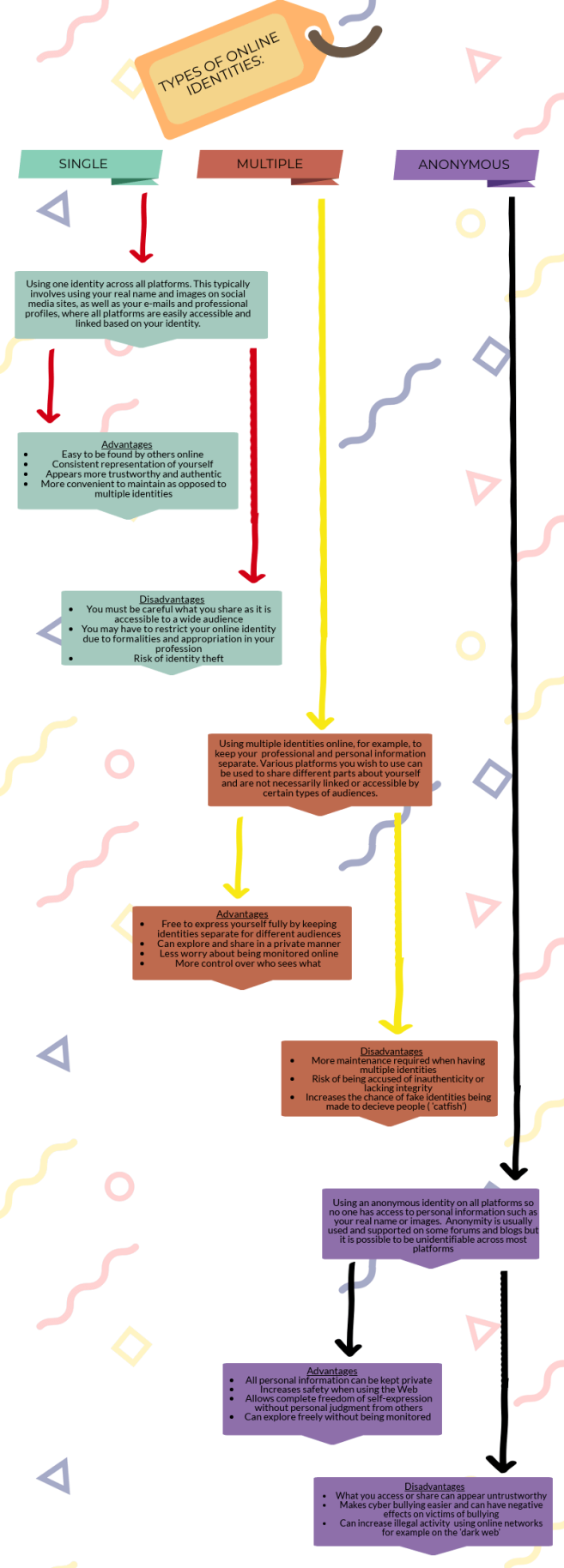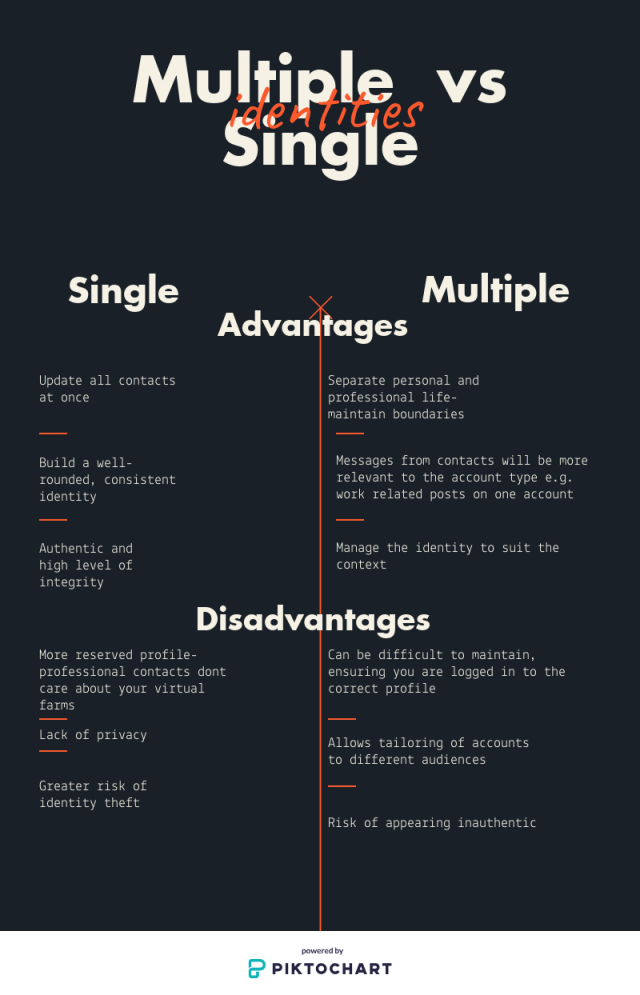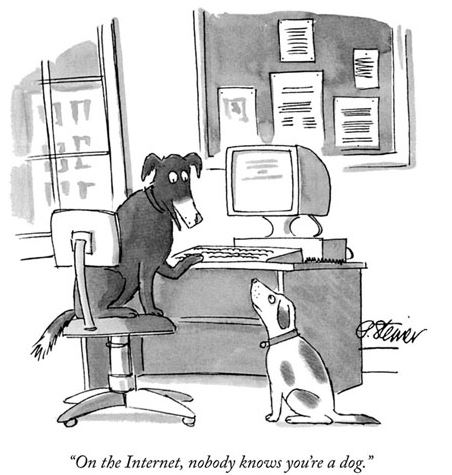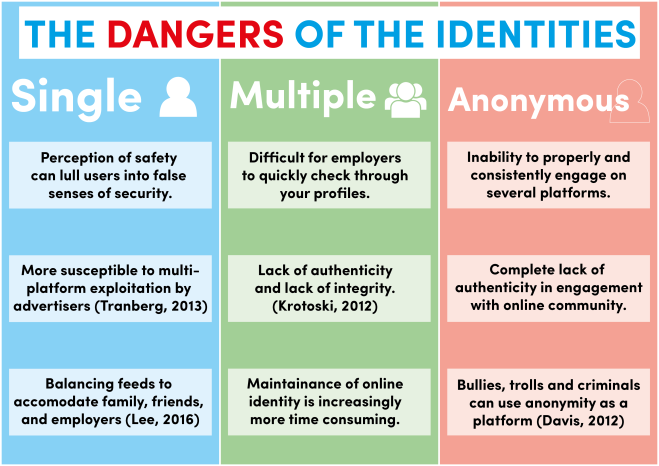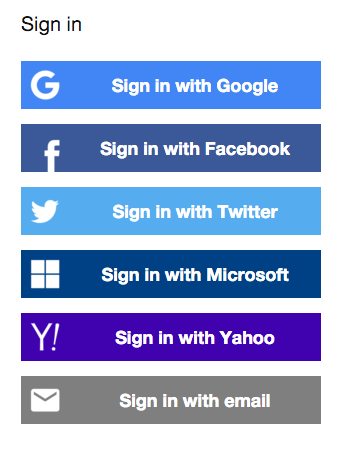
Thousand (online) Faces.
With the boom of social media, a digital society is made. An increased number of people are using various social media platforms to stay connected to their families and friends, as well as to establish networks with colleagues and business partners. This is when a question comes into the scene: How many online identities should one have?
Online persona(s): one or many?
Stay anon
An alternative is to stay anonymous.
Continue reading →

